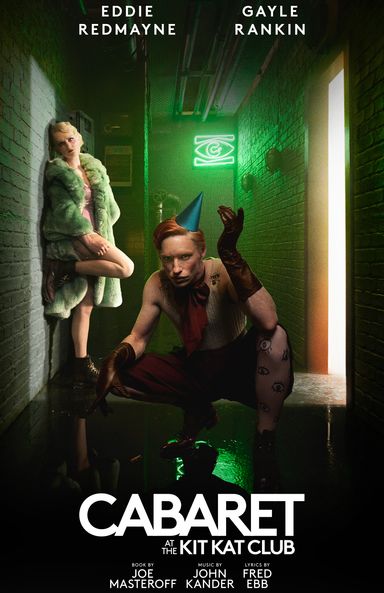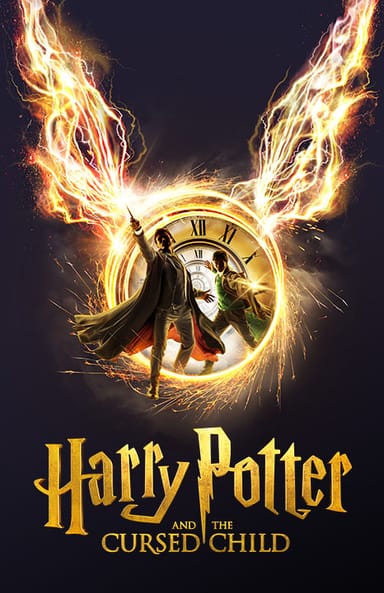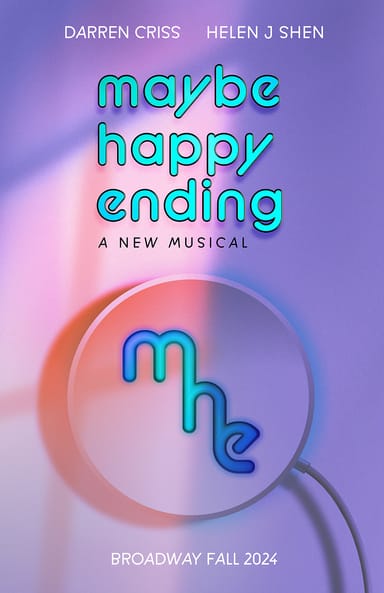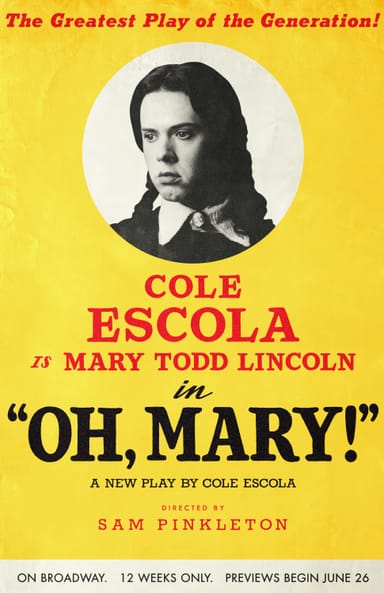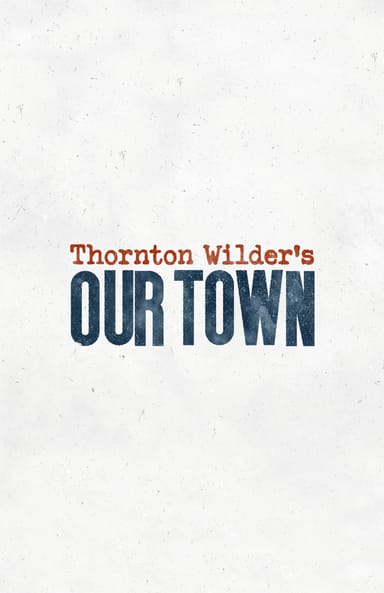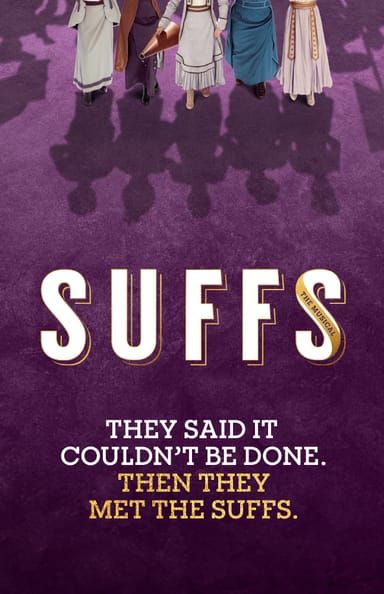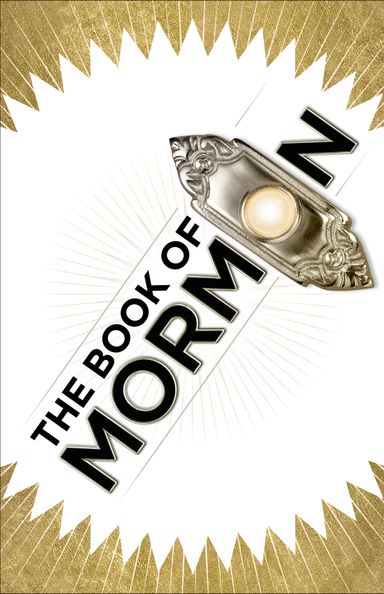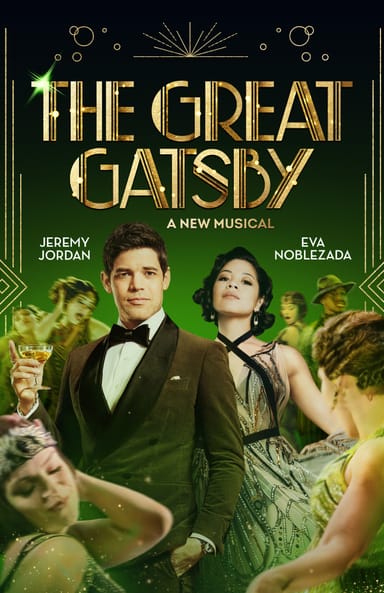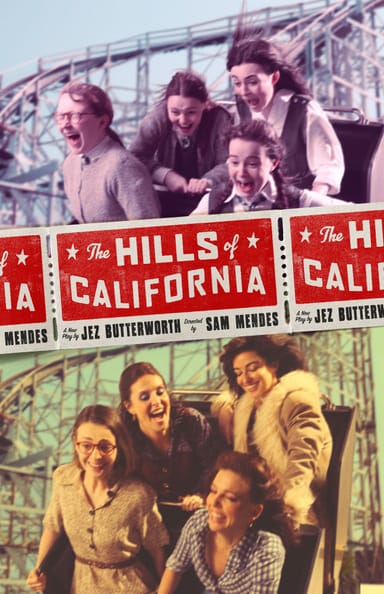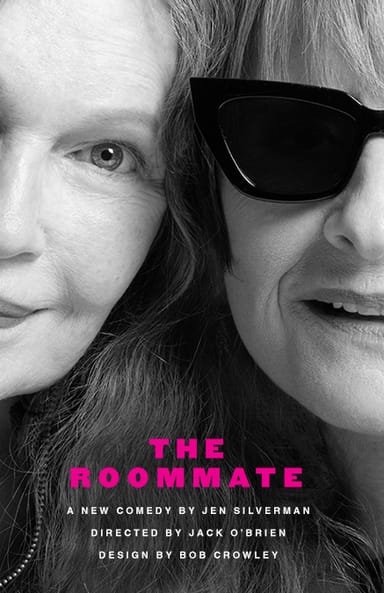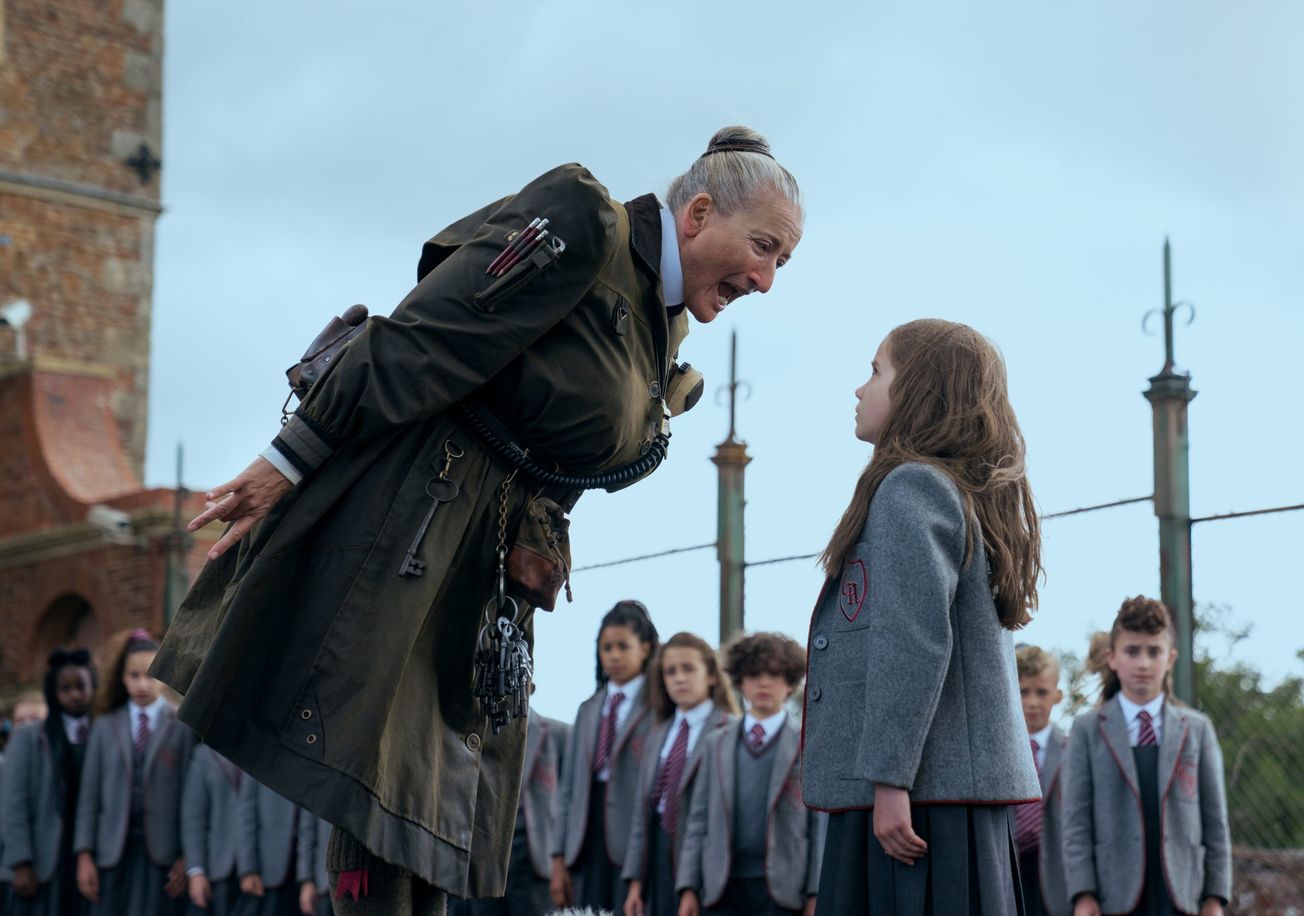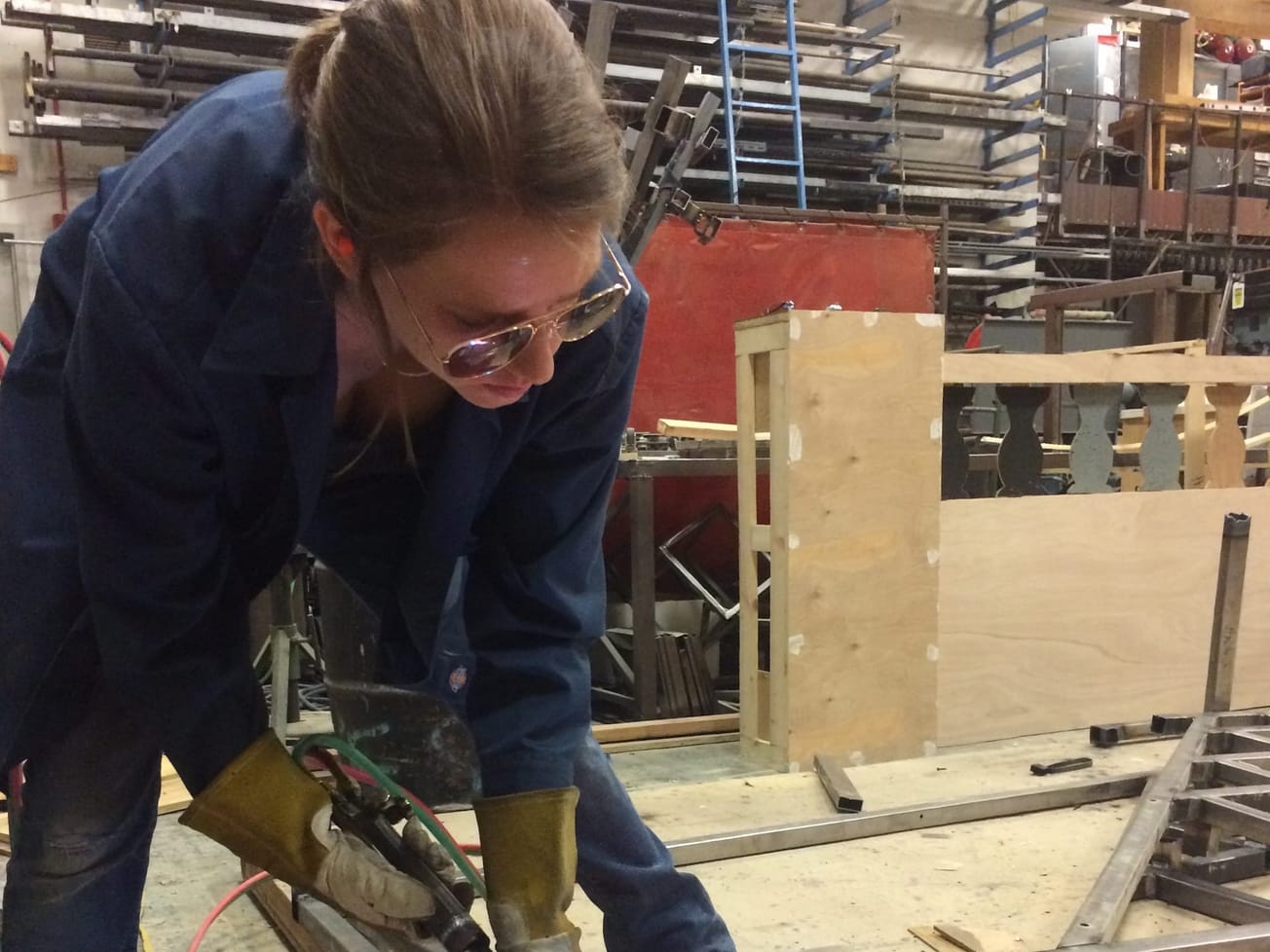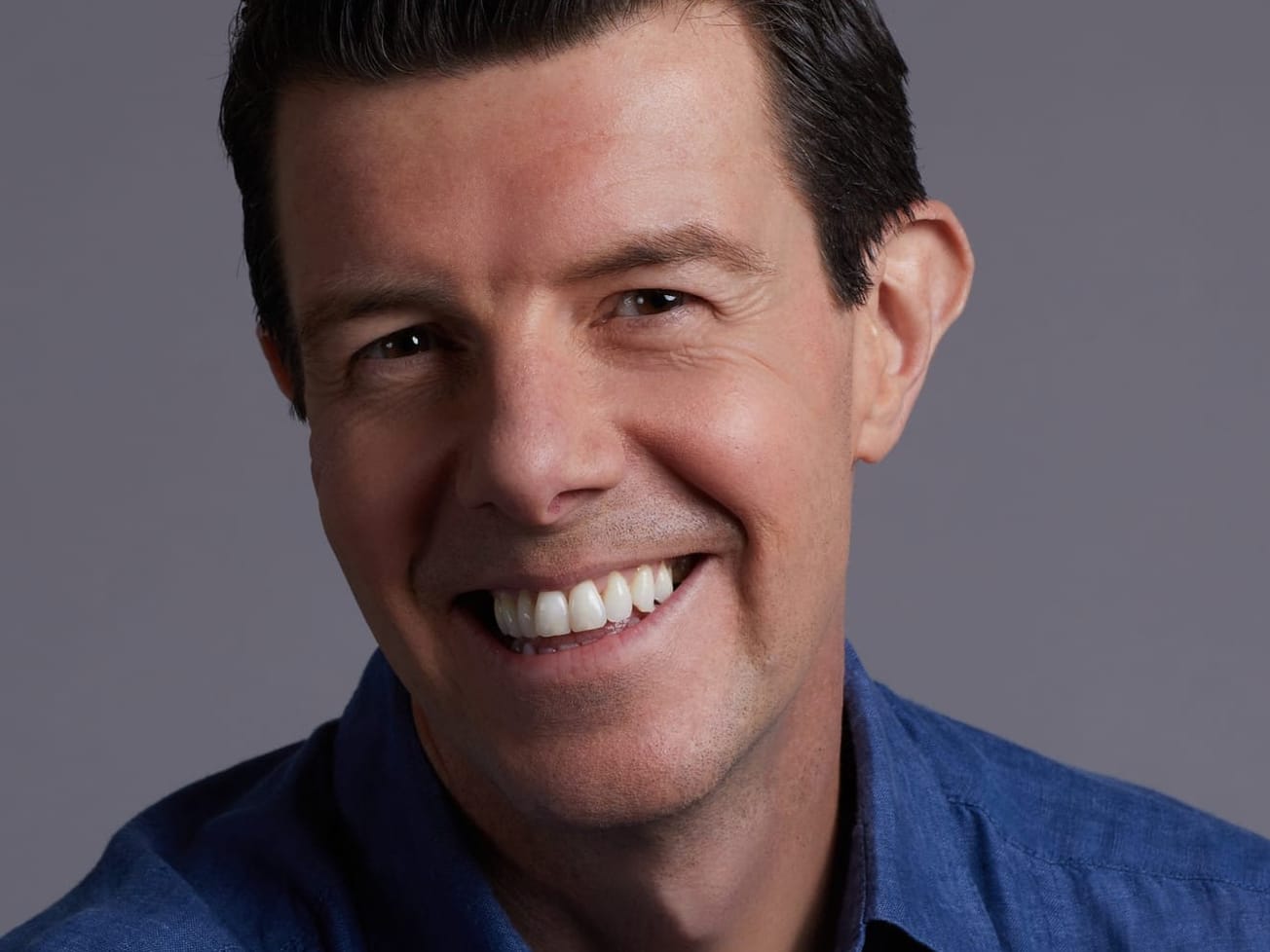In 1988, Roald Dahl published his story of Matilda Wormwood — a precocious young girl, enamored with books and emboldened with righteousness, born into a morally questionable family that referred to her as a boy while their brains turned to mush in front of the television. When Matilda finally escapes her home to attend school, she realizes her parents aren’t the only bullies around. Agatha Trunchbull rules her academy, Crunchem Hall, according to the philosophy that children are maggots in need of taming or extermination.
It’s a dark and cartoon-ish satire that, approximately 20 years after it hit shelves, fell into the laps of writer Dennis Kelly, composer-lyricist and comedian Tim Minchin and director Matthew Warchus to adapt as a stage musical, commissioned by the Royal Shakespeare Company in London.
For Warchus, even when he was directing “Matilda the Musical,” his vision existed as a movie in his mind. He metabolized the story in cinematic terms, keeping a notebook with drawings of Matilda riding a real elephant into a circus with Mrs. Phelps and an illustration of a chokey in the woods — settings and scale he could only accomplish with realism on camera.
Still, conceiving the stage show through this lens served Warchus and the musical well. “Matilda the Musical” was only supposed to be a Christmas show at RSC but officially opened in London’s West End on Nov. 24, 2011. A critical success, the London production broke the record for the number of Olivier Awards earned by a single show (seven) and recouped early in its run. The subsequent Broadway production followed suit.
Opening in April 2013, the musical earned 12 Tony Award nominations (plus a special Tony Honor for the four actors who originated as Matilda) and recouped its $16 million Broadway investment in 20 months. National and international tours came next, as did a licensing deal. Today, audiences around the world still clamor for the show; a Korean production is currently playing until February 2023 and the show’s original London production will run until December 2023.
Now, the musical’s latest iteration seems poised to replicate this success in its new medium.
The film opened in U.K. and Ireland cinemas on Nov. 25, and, in its opening weekend, beat out “Black Panther: Wakanda Forever” at the box office. To date, “Matilda the Musical” has totaled $15.6 million at the international box office. It hit select U.S. theaters on Dec. 9. Though domestic box office results have not been reported, the movie boasts a 91 percent rating on Rotten Tomatoes.
Still, the biggest premiere is set for Dec. 25, when the film from Sony Tristar and Netflix releases on the streamer worldwide (excluding the U.K. and Ireland).
It’s impossible to pinpoint a single reason driving this musical’s staying power, artistic praise and financial gain. But it is worth noting that one creative team is responsible for both the stage and screen iterations.
Warchus, Kelly and Minchin all reunited to make this feature film. In addition, Rob Howell (who designed sets and costumes for the stage) continued as the film’s costume designer; Ellen Kane (who served as an associate choreographer on the theater version) came on as the movie’s choreographer; and Christopher Nightingale (who wrote additional music and orchestrated the show) wrote the cinematic score.
While it’s easy to assume that the movie musical’s success (so far) is because of the consistency of its team, Warchus disagrees. Instead, he credits a measured combination of his collaborators’ familiarity with and distance from the original material.
“Everybody that came through and did something on the film, it helped that they knew the material so well, but it really helped that they were able to let go of the old material as well,” Warchus said.
In fact, Warchus and screenwriter Kelly started with a completely blank page: “All it said was ‘Matilda the Musical Film Screenplay.'” New medium, new writing.
New is often the approach with a movie musical adaptation; movie adaptations rarely put the theater director in the film director’s chair. Rob Marshall directed the “Into the Woods” movie, rather than the Tony-nominated director from Broadway, James Lapine. John Chu helmed the “In the Heights” film, not Tony-nominated director Thomas Kail. Stephen Chbosky led the film adaptation of “Dear Evan Hansen,” instead of Tony-nominated director Michael Greif.
Warchus understands why. “This idea of ‘the original director often doesn’t do the film,’ I think, is understandable and, mostly, a good idea,” Warchus said. “It’s an entirely different form, and it doesn’t serve the film well to be trying to cling onto things from the stage show.”
But, he added, “I think the reason why it might have gone okay this time is because there were about 10 years between the two things. That’s enough time for me to really think about the story in a completely fresh way and not to feel so totally immersed in the original stage version.”
The same was true for the creatives Warchus brought with him from stage to screen.
Though Howell “knew how the costumes could help the story in defining the stylistic range,” said Warchus, the designer reimagined his entire concept. For the traditional movie score (not the songs), Warchus envisioned a style “that linked [‘Matilda’] to ‘Oliver!’ and ‘Chitty Chitty Bang Bang’ and those old films from the ’60s and ’70s,” he said. The director looked to Nightingale because “he’s just one of the best people at that job.”
As for choosing his choreographer from inside the original creative family, “Ellen is one of the best people, if not the best person, for working with children on narratively driven dance,” he said. “And it did help, to an extent, that she knew the show inside out, but it wouldn’t have helped if she wasn’t the best person to work with 200 children, as well.”
From Kane’s perspective, she grounded her choreographic work in the story, which she knew well from her work on the original show and her continued connection to original choreographer Peter Darling. “I can only say that helped hugely because I wasn’t learning the story,” Kane said. Still, Darling’s choreography fitted a theatrical world. “Just putting [dance] in the real world, in real locations and in a [specific] time period, you then suddenly are faced with a whole fresh plate.”
Warchus found great benefit in this juxtaposition of institutional knowledge and blank slate, which he titrated as he assembled his team and executed the massive scale of his vision.
What Warchus (and, no doubt, Netflix) hopes, is that the film expands the musical’s reach to the tune of global impact. “This is a film that’s made for people who don’t even know there was a musical onstage,” said Warchus. “People who know the stage musical and loved it — I was very concerned not to alienate and not to leave them behind but to bring them with us on the journey — but not at the expense of finding this huge new audience for the story.”
They’re off to a good start. Four days after the feature’s overseas release, a clip from the centerpiece number “Revolting Children” went viral as a mashup of the movie’s visual set to a soundtrack of Missy Elliott’s “Lose Control” surfaced on Twitter. Elliott retweeted the video (with the caption “Oooooooooweeeee This fye”), which has 1.4 million views to date. The “girl with the red beret” became internet famous overnight for her ferocious moves.
“I feel like dance on film, you don’t see it so much anymore in that way, and you certainly don’t see it make that much of an impact,” Kane said. “So, of course, to be able to connect with the next generation in the way that they communicate and see them responding to that is incredible.”
Perhaps “Matilda” appeals to such a broad audience because it’s so specific in its identity. In a world obsessed with authenticity, “Matilda the Musical” didn’t try to be anything but itself.
“The story’s very emotional, and there’s a story in which there’s a lot to sing about and so the songs feel like they really naturally occur,” he said. So it’s no wonder that audiences in cinemas have both sat in pregnant silence and erupted in wild applause at the end of musical numbers. “You can take the director out of the theater, but you can’t take the theater out of the director,” Warchus joked. That just might be what’s right.
“I hope it’s surprising to people,” Warchus added. “Because there is out there already a really successful novel. There’s also a really successful 1996 film of the story and a stage show. And the idea is that this doesn’t replace any of those things. It’s a companion piece to those other group of Matilda stories.”






